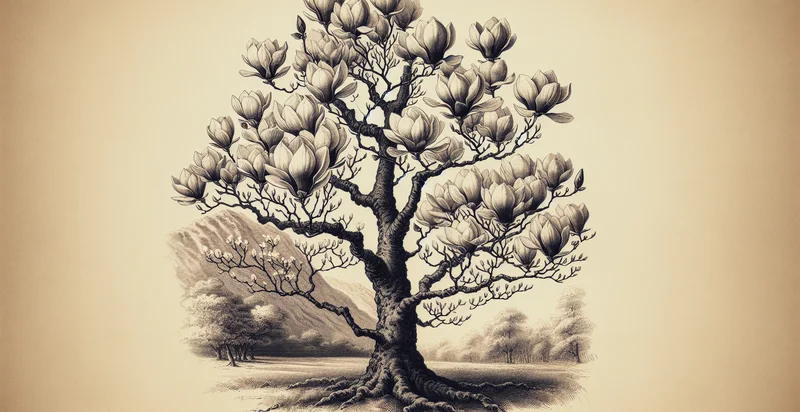Identify if tree is a magnolia
using AI
Below is a free classifier to identify if tree is a magnolia. Just upload your image, and our AI will predict if the tree is a magnolia - in just seconds.

Contact us for API access
Or, use Nyckel to build highly-accurate custom classifiers in just minutes. No PhD required.
Get started
import nyckel
credentials = nyckel.Credentials("YOUR_CLIENT_ID", "YOUR_CLIENT_SECRET")
nyckel.invoke("if-tree-is-a-magnolia", "your_image_url", credentials)
fetch('https://www.nyckel.com/v1/functions/if-tree-is-a-magnolia/invoke', {
method: 'POST',
headers: {
'Authorization': 'Bearer ' + 'YOUR_BEARER_TOKEN',
'Content-Type': 'application/json',
},
body: JSON.stringify(
{"data": "your_image_url"}
)
})
.then(response => response.json())
.then(data => console.log(data));
curl -X POST \
-H "Content-Type: application/json" \
-H "Authorization: Bearer YOUR_BEARER_TOKEN" \
-d '{"data": "your_image_url"}' \
https://www.nyckel.com/v1/functions/if-tree-is-a-magnolia/invoke
How this classifier works
To start, upload your image. Our AI tool will then predict if the tree is a magnolia.
This pretrained image model uses a Nyckel-created dataset and has 2 labels, including Is Magnolia and Is Not Magnolia.
We'll also show a confidence score (the higher the number, the more confident the AI model is around if the tree is a magnolia).
Whether you're just curious or building if tree is a magnolia detection into your application, we hope our classifier proves helpful.
Related Classifiers
Need to identify if tree is a magnolia at scale?
Get API or Zapier access to this classifier for free. It's perfect for:
- Urban Landscaping Validation: This function can be used by urban planners to identify magnolia trees in public parks and gardens. By accurately detecting these trees, planners can maintain biodiversity and ensure the preservation of native plant species.
- Environmental Monitoring: Environmental organizations can utilize this classification to monitor the health and distribution of magnolia trees in various ecosystems. This data helps assess the effects of climate change and human activity on local flora.
- Educational Tools: Educational institutions can employ this function in botanical studies and field trips. Students can learn to identify magnolia trees in their natural habitats, enhancing their understanding of plant biology and ecology.
- Property Management: Real estate developers and property managers can use magnolia identification to enhance landscaping features in properties. By incorporating attractive, native magnolia trees, they can increase property value and curb appeal.
- Tree Conservation Efforts: Conservationists can leverage this tool in efforts to locate and protect magnolia species. Identifying areas with a high density of magnolia trees can help target conservation resources effectively.
- Augmented Reality Applications: Companies developing AR applications for nature enthusiasts can integrate this function for real-time tree identification. Users can point their devices at trees and instantly learn whether it's a magnolia, enhancing their outdoor experience.
- Botanical Research: Researchers can use this classifier to gather data on magnolia populations, aiding studies on plant genetics and evolution. Accurate identification allows for targeted research efforts in conservation biology and horticulture.


